Ancient art of free mining in the Forest of Dean could solve a very modern problem
Free mining requires a specialist knowledge of the land and its archaeology, and a licence to mine – bestowed by birthright. Christine Manby shares a cup of tea underground with the free miners of the Forest of Dean

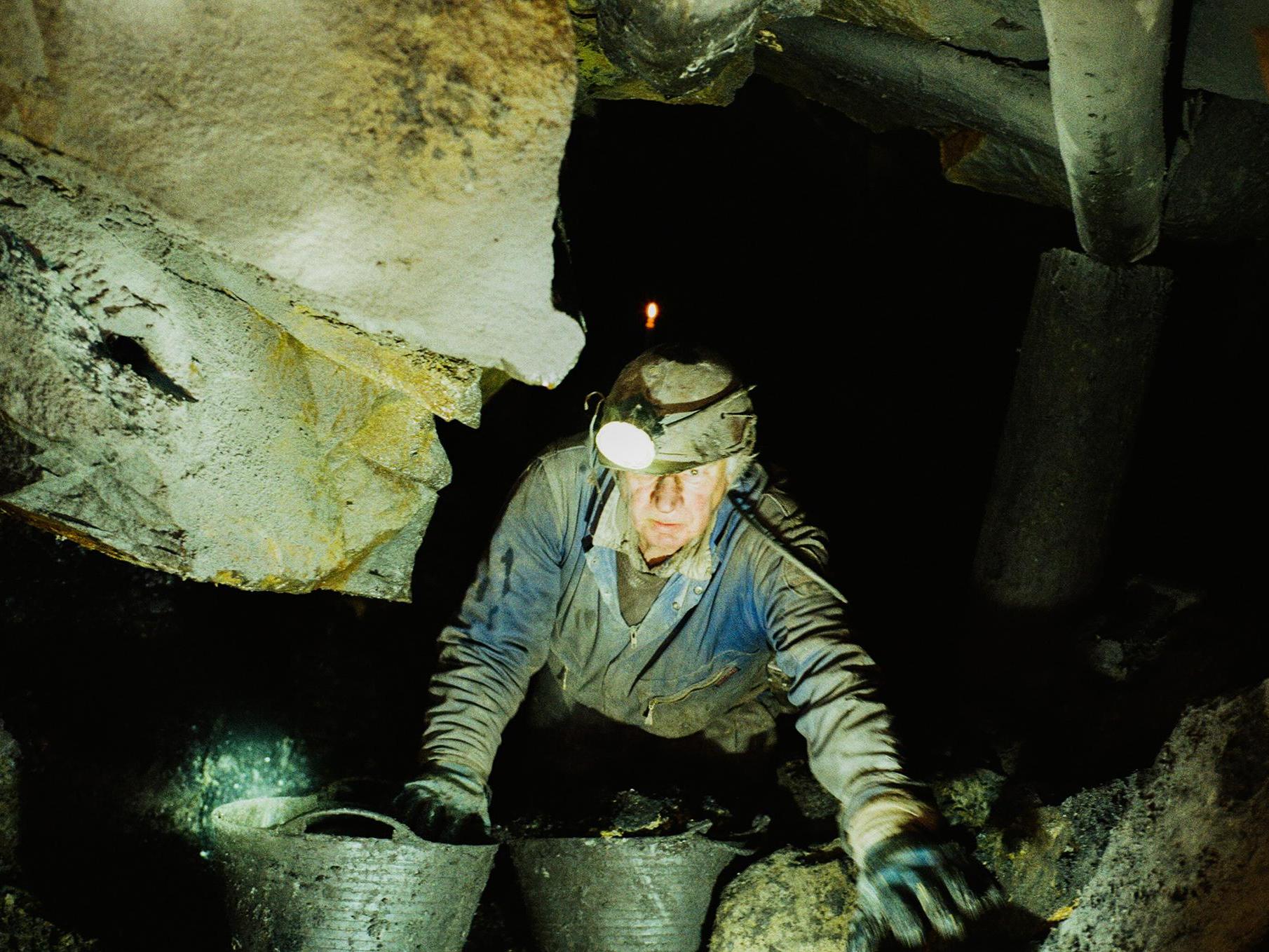
My guide Iain Jamieson is applying mindfulness techniques to a situation I never thought to find myself in. It’s a Tuesday evening in October, deep in the Forest of Dean. It’s a clear night. The smell of autumn is in the air. Stars gaze down on woodland alive with animals unseen. Drinking tea made on a coal-burning stove in the middle of a small secret clearing, while the notorious local wild boar lurk nearby, feels like a big enough adventure for me.
But now I’m at the bottom of Morse’s Level, a Victorian coal mine, crawling my way to the seam. For a while, the tunnel is high enough to stand in, then it shrinks away to two-thirds my height. I’ve been banging my head with alarming frequency. I’m not sure if I’m delirious from adrenaline or concussion. I don’t think I can fold myself any smaller but we’ve reached the entrance to a long shaft barely wider than the shoulders of man-mountain Iain. The shaft follows a sharp incline upwards. The seam is at the other end of it.
Iain’s fellow miners Adam Taylor and Paul Baverstock have gone on ahead. Their helmet lamps illuminate the way as they look down on us. The dull brown sandstone walls, floor and ceiling are slick with moisture. The wooden posts lining the tunnel look suddenly insubstantial. Small stones skitter down the chute as the men shift position above. If this were a film, it would be the harbinger of a landslide.
“It opens out at the top,” Adam tells me. I’m beginning to understand that “opens out” is a relative term down here. I can see he is almost bent double. “Start by putting your left knee up on the ledge,” he suggests. “Then grab that post and pull yourself in.”
“I can’t,” I say, collapsing on to my backside on the muddy clay floor. I look back along it in the direction we came. I can’t see anything beyond the circle cast by my lamp. I certainly can’t see the light at the end of the tunnel.
Iain, whose head almost touches the ceiling though we’re squatting like yogis, gets down on all fours. “You can stand on my back,” he says.
The thought of using him as a footstool makes me feel ashamed and I make one last effort to haul myself into the shaft, channelling Shelley Winters facing the flooded engine room in The Poseidon Adventure. Grunting with the effort, I drag myself forwards. As I scramble up, another film scene flashes into my mind. The ghost girl climbing the walls of the well in The Ring Two, using her knees and elbows. It makes me move much faster.
As I suspected, there is no “opening out” at the top. I can’t sit up. The ceiling is horribly close and looks bloody heavy. But Adam and Paul have prepared a special treat for me. A lump of coal stands proud of the seam. Everything around it is already chipped away so that it will fall with one good whack. Paul hands me a pick.
“Give it some welly.” I give it some serious welly but the only thing that happens is I get a shower of cold wet coal chips in the face. I drop an F-bomb.
“She speaks French,” someone observes. I speak some more French until the chunk finally falls at my feet. I can find nothing but more expletives to describe the delight of it.
“There you are,” says Iain. “That coal you’re holding hasn’t been seen for millions of years. Three hundred million years. And more people have stood on the top of Everest than have been down here and seen this.”
He reminds me to look around. This is a view I may not see again. I take a proper look at the seam, 50 centimetres thick, glittering darkly. It’s as strange and wondrous as any mountaintop. The lump of coal I’ve liberated is the size and shape of a travel iron and jagged like a flint. I’m taking it home. Then Adam tells me how we’re going to get back to the surface. He points out our exit. “Stick both your arms through first, like you’re diving.”
Looking at an opening barely bigger than the hole at the centre of a loo seat, I see my own personal Everest may still be ahead of me.
* * *
The Forest of Dean coalfield, which lies beneath the Forest of Dean, nestled between the rivers Severn and Wye, is one of Britain’s smallest coalfields. It is unique for the practice of free mining, which is vastly different to industrial mining. The free mining of coal, stone and iron ore in the forest region predates the Romans; it is a practice that is deeply tied to place, and requires a specialist knowledge of the land and its archaeology.
Free mining originated in the reign of Edward I. In the 13th century, miners played an important part in many of Edward’s military campaigns. After a hundred men from the forest helped end the siege of Berwick-upon-Tweed by undermining the castle with their tunnelling, Edward rewarded them with “free mining” status, bestowing upon them the right to mine anywhere in the forest (except beneath churchyards, orchards and gardens).
To become a free miner, you had to be born within the St Briavels Hundred (pronounced St Brevels), the boundaries of which roughly corresponded to the boundaries of the forest itself. You had to be male, be over 21, and to have worked in someone else’s mine for a year and a day. You could then apply to the crown’s representative, the deputy gaveller (perhaps a corruption of “gale giver”), to take out what is known as a “gale”. According to a document dated 1673, a gale was defined thus: “The miner shall have as much space to work and store his materials as he can throw a stone.”
Mining has long been at the heart of the Forest of Dean’s industry. Not just coal but iron ore, stone and ochre. By the 19th century, there were more Foresters working underground than above it. There’s even a theory that the impenetrable Forest accent has its origins in the mine, from when candles were still the only light source. How do you carry a candle when you need both hands free to crawl through a tiny shaft or chip away at a seam? The solution? A sticky and a nelly. A sticky was, quite literally, a stick. The nelly was a piece of clay moulded into a candleholder at the end of that stick, which the miner would then hold in the corner of his mouth to light the coal face as he worked. Try saying anything while holding a stick in the corner of your mouth. You’re talking Forest of Dean.
* * *
Half a millennium after Edward I, when the Industrial Revolution led to an increased demand for iron and coal, the free miners came into conflict with powerful outside mining interests eager to exploit the forest’s reserves. To protect the miners, the Dean Forest (Mines) Act of 1838, restated the free mining rules. That same year, free miner George Morse, took out the gale that would become Morse’s Level.
Today, Morse’s Level and its sister mine, Wallsend, are headed up by Mike Howell and Phil Schwarz, both Foresters born and bred. Phil’s grandfather and great-grandfather were both miners. Mike also comes from a mining family. His father was deputy gaveller. His son Daniel currently holds the role.
Mike and Phil, both white-haired and now in their sixties, were school friends and caving buddies. They didn’t follow their forefathers straight into mining but took it up as hobby in the 1970s. They took over Morse’s Level – where they had volunteered – in 1978. “You could call it a management buyout,” Mike says. They went to mining college to learn about safety and explosives and get their deputies’ papers.
All the men who work Morse’s Level and Wallsend today are volunteers. Their day jobs vary widely. Paul is an engineer, specialising in the removal of asbestos. He’s worked all over the world and has a hair-rising collection of stories about asbestos found in public places. Ed Morgan Dyer, who hails from the Welsh Valleys, is a cobbler. With an extravagant Edwardian-style moustache and an Australian miner’s hat, he certainly looks the part. Rob Rutsch maintains industrial printers for Xerox. Adam is an accountant. Like Mike and Phil, several of the men were cavers before they became miners. Paul is a member of the Gloucestershire Cave Rescue Group. What they all have in common is that after one trip down a mine they were hooked by the adrenaline and the weird magic of the coal seam
“It’s a different world down there,” says Paul.
The men come to the mine on Tuesday evenings and all day on Saturdays. “When the missus allows.” On this particular Tuesday evening, back at Wallsend, the operational centre – AKA where the tea is made – there’s a cart full of coal ready to come to the surface.
The men are proud of their new grading machine, rescued from a disused mine and refurbished and reassembled with care. A generator is fired up and a winch pulls the full cart out of the mine to a platform above the grader. John Smith and Adam stand at the top, ready to receive it.
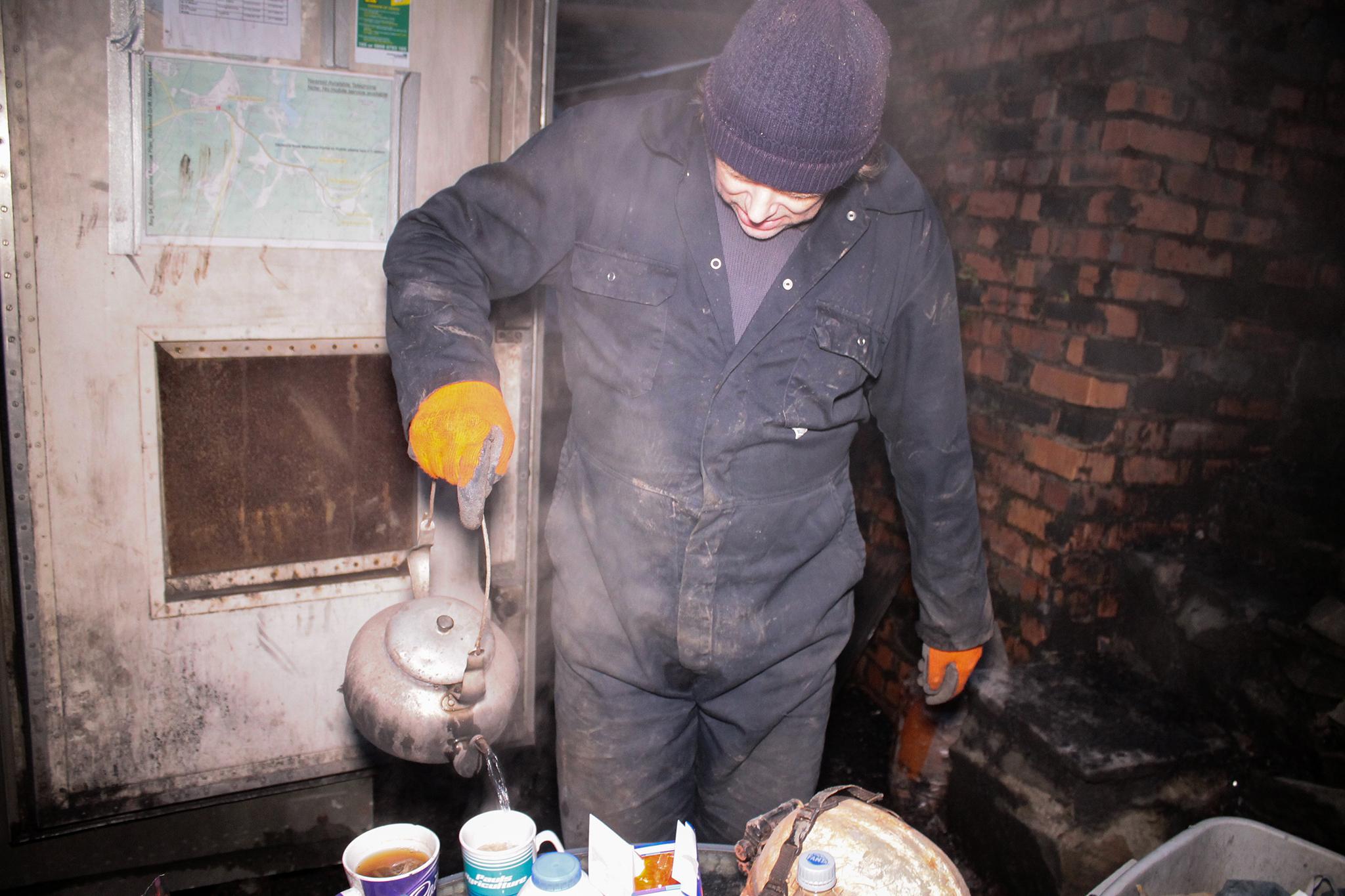
The miners don ear defenders and gather round. At the top, John and Adam scoop buckets from the cart. At the bottom, the others pluck bigger pieces from the belt before they can be shaken smaller. The rattling makes conversation impossible. Everyone concentrates hard on the job for the few noisy minutes it takes to empty the cart. At the end, the coal is separated into four grades. From the prized “lumpy” through “peas” to the very smallest parts, hardly more than dust, which could be pressed into briquettes. The miners are looking into the possibility of buying a machine to do just that.
With the coal sorted, it’s time for tea. It doesn’t take long for the kettle to boil on the old stove in the hut. “This is steam coal,” Phil explains. “The kind they used in the trains. It gets so hot it can melt an iron grate.” An iron grate, buckled as though it were plastic, is presented as evidence.
The tea is pure Assam. “Tesco’s Finest,” Adam points out, as he arranges the pristine mugs on a table in the open air. Tonight there’s homemade cake to go with the biscuits and the giant marshmallows that are a regular feature of teatime at Wallsend. On Saturdays, the day is broken with a run to the local chip shop for lunch. The jokes are gentle. Paul arrived early tonight. He used the opportunity to creep up on John, who was quietly mending a wall further up the hill, and impersonate a wild boar to frighten him.
“I knew it was him all along,” John protests.
Nobody wants to meet a real wild boar in the dark. Since a handful were illegally released into the forest in the 1990s, followed by another 60 in 2004, their number has swollen to more than a thousand. Earlier this year, a dog walker had the tip of his finger bitten off in a particularly unfortunate boar encounter. Everyone would prefer to see the otters, which Paul is certain have infiltrated the tunnels at Morse’s Level. He’s seen footprints in the mud underground. They might have come in via the culvert that occasionally floods the mine.
From boars to Brexit. The Forest of Dean voted “out” in the 2016 EU referendum. No one here was surprised. The perception of some locals is that EU immigration without a commensurate increase in funding for services has hit the forest hard. Paul describes how his wife waited four weeks to see a GP. He doesn’t blame EU migrants though. They’re only coming to work. They’re contributing too.
Adam is pro-Brexit. He believes that EU tariffs keep the brakes on British business. He sees the evidence of it in his work in finance. Whatever they think of Adam’s view on trade tariffs, everyone agrees that the Brexit negotiations are a shambles.
“No one over 65 should have been allowed to vote,” says Paul. One of the older guys at the mine tonight, Rob Rutsch, agrees. “It’s not our future that’s at stake,” he says. “It’s not going to affect us in the same way as it is the young people.”
“Let’s talk about something else,” someone suggests. The conversation moves to organ transplantation and deemed consent. Once again, opinion is split. Paul thinks the system should remain as it is, with people happy to be donors opting in. Iain is for opt out.
“When you’re dead, whatever it is that makes you you is gone,” he says.
Do they ever worry about dying in the mine? I wonder. I know I did, down there in the dark and the wet, knowing that if something happened, even if we got back to the surface, we were miles from the nearest town down a road that nobody drives unless they have to.
Phil assures me there’s no need to worry. In the long history of the mines at Morse’s Level and Wallsend, only two people have been killed. “Hundreds of years ago.” Though Phil then recalls a recent nasty rock fall that completely blocked a tunnel the men had been working only hours before. “If it had happened while we were in there…” Then there’s the danger of flooding. And black damp.
“Which isn’t damp at all,” Phil explains. “It comes from dampf, the German word for vapour.” Phil’s father is Austrian. Black damp is an excess of carbon dioxide and nitrogen, which reduces the available oxygen in the air. It’s caused by poor ventilation and is a particular problem in mines that have lain unused for any length of time. Coal exposed to air begins to absorb oxygen. How do you know if you’ve got black damp? You can’t see it. You can’t smell it.
There must be fancy alarms for it now, I suggest. Iain shows me the modern-day free miner’s method for staying safe. It’s remarkably low-tech. “You carry a candle,” he says. “So long as the flame stays good, you’re OK. It’s the perfect system. No batteries to run out.”
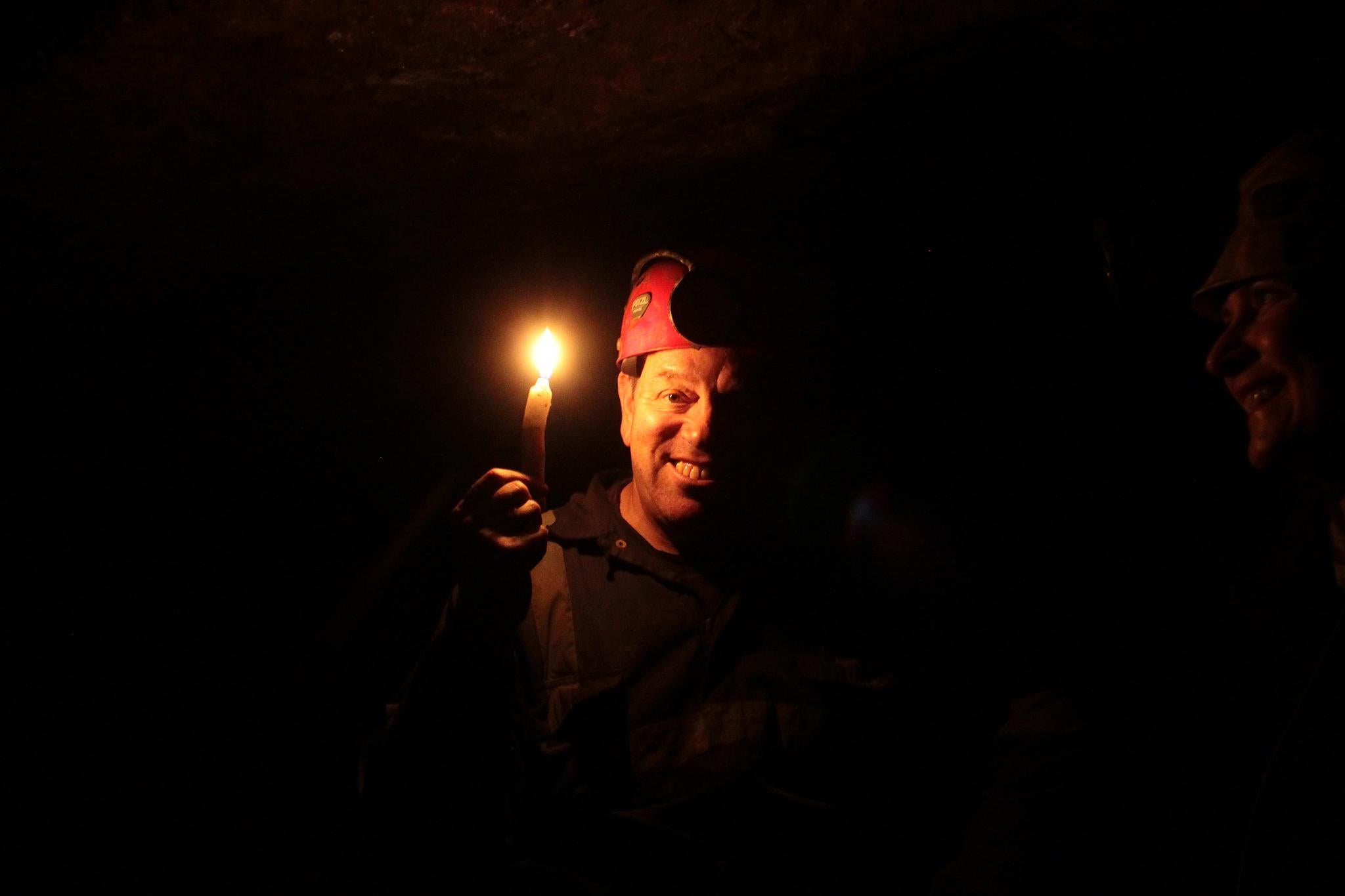
Phil explains the other official safety measures. The mines are regularly visited by official inspectors. Meanwhile, in the hut is a panel from which dangle fobs carved with the names of every miner. “You’re supposed to move your fob from one end of the board to the other, to show that you’re down the mine so no one gets left behind. They’re always forgetting,” Phil tuts. Above the safety board, a garish effigy of Thatcher hangs by her neck from a nail.
The conversation turns to other visitors. In the summer, a group of German miners dropped by. They brought German biscuits and an elaborate silver-headed ceremonial pick. A return visit is planned for next year. More recently, a descendant of George Morse came to the mine. His great-great-great granddaughter Makere Stewart-Harawira is a New Zealander of Forest, Scottish and Māori descent, currently living in Canada. When she visited the forest to find out more about her ancestry, the miners took her down to the seam at Morse’s’ Level.
“She was a bit cagey about what it is she does,” says Phil. “Then we found out she’s a professor of climate change.”
Specifically, she’s professor of indigenous, environmental and global studies, social justice and international studies in education specialisation at the University of Alberta where her current area of research is described as “Intersections of Sustainability. Collaborative Research Network on Water Governance, Climate Change and Traditional Communities”.
“She got emotional when she saw the mine though,” says Phil.
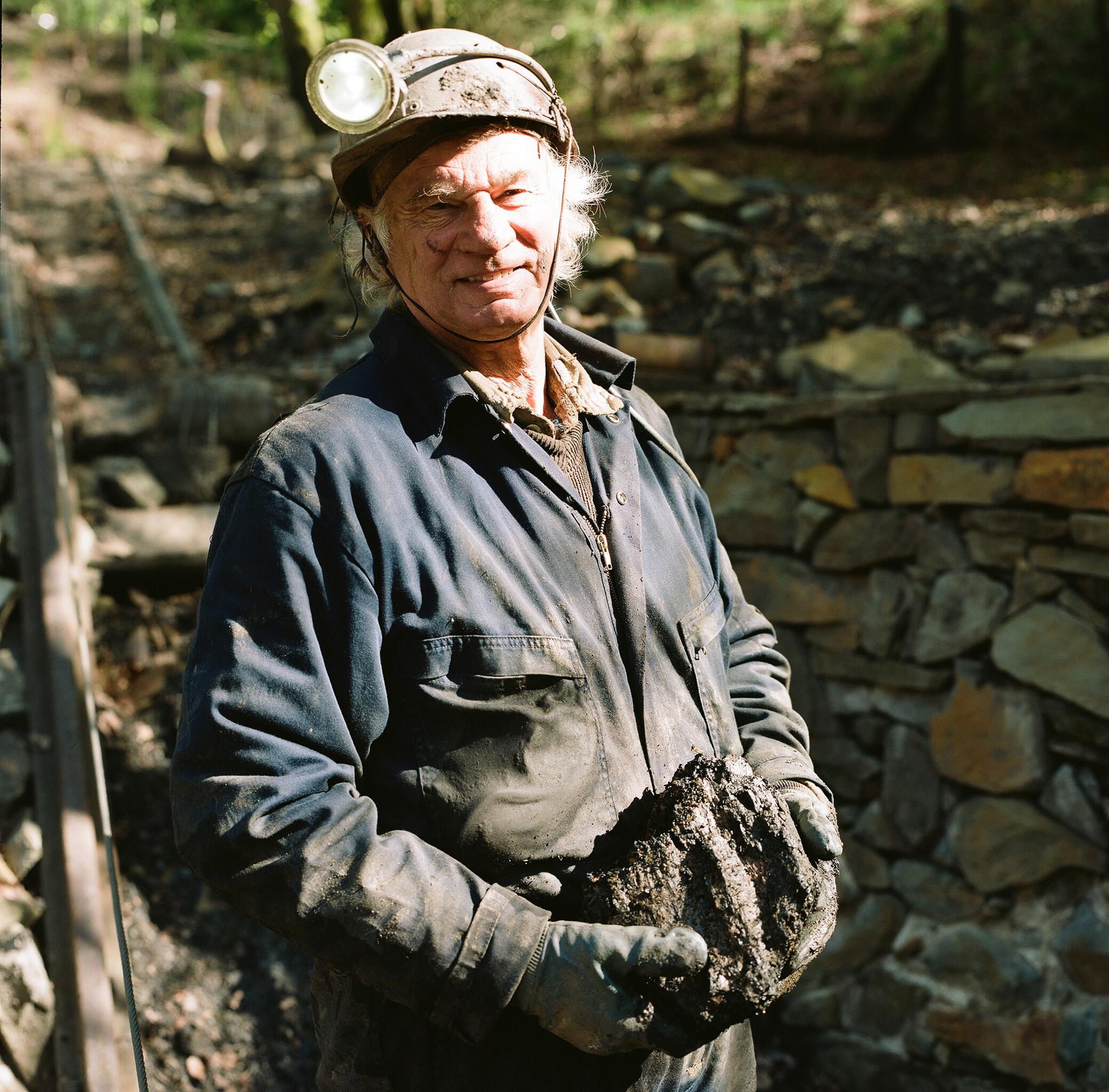
It’s easy to understand why. The history in this place is palpable. At Wallsend, 200 miners once worked the seam. Not just men but women and children too. Many of the shafts were so small, they could only have been worked by kids. Twelve-hour days. Six days a week.
Paul talks about finding the print of a hobnail boot in a disused level and next to it a footprint. A bare footprint. A child’s footprint. Child labour was used extensively until it was made illegal in 1842. Even then, an 11-year-old was still counted as an adult. There were pit ponies at Wallsend too.
“We’ve got a list of their names,” says Adam. “From when the mine was shut and they came up for auction. Some of them lived their whole lives underground.” There’s a moment of quiet. Half an hour on Morse’s Level was enough to leave me delirious. The idea of a lifetime. Never seeing the sun…
It’s getting late. Adam fills a washing up bowl with more hot water. “Don’t forget your eggs,” he says, as other miners wash their hands and faces and get ready to go home. Adam and his wife keep rescue hens. They’re prolific layers. “I’m sick of eggs,” he says. The other miners have all come prepared with empty egg boxes to exchange for a fresh half dozen. Everyone assures me that the eggs are delicious and I’m thrilled to receive a box of my own.
“Still got the shit on them though,” someone complains. “Where’s the swear box?” another miner asks.
I think I owe the swear box more money than anyone else here tonight. There’s an underlying respect and old-fashioned gentleness in the way the men talk to each other, perhaps born of the fact that underground each man holds the other men’s lives in his hands. This is a true gentleman's club, I suggest. “More like Last of the Summer Mine,” says Iain.
***
Later, in a nearby pub, Mike Howell expresses his concerns for the future. Morse’s Level and Wallsend have weathered centuries of change. The 1838 act that restated the free miners’ rights also allowed them to sell their gales to persons other than other free miners. It saw major industry swoop on the forest and introduce deep mining. By the 1920s, many of those mines were already deemed too expensive to be viable. The last deep mine was closed in 1965.
When Labour nationalised coal in 1947, the rights of the free miners were recognised with a simple token licence system but with privatisation in 1994, the Coal Authority insisted that the free miners needed planning permission and tried to impose a new system that would have cost £2,000 per mine. With the help of the Forestry Commission and the deputy gaveller, the licence amount was reduced to £50 in 1997. All the same, the mines continued to close.
Today there are only seven working coal mines in the Forest of Dean. The average age of the free miners edges ever higher. Meanwhile, the number of people eligible to take out a gale is falling as it gets harder to be born in the right place. The local maternity unit has been closed down and Mike talks of local women being “bullied” into having their babies at Gloucester Royal Hospital, some 15 miles away. In any case it seems the forest’s sons don’t wish to follow their fathers underground and though in 2010 Elaine Morman won the right to become the first female free miner (she mines ochre), she remains in a minority of one.
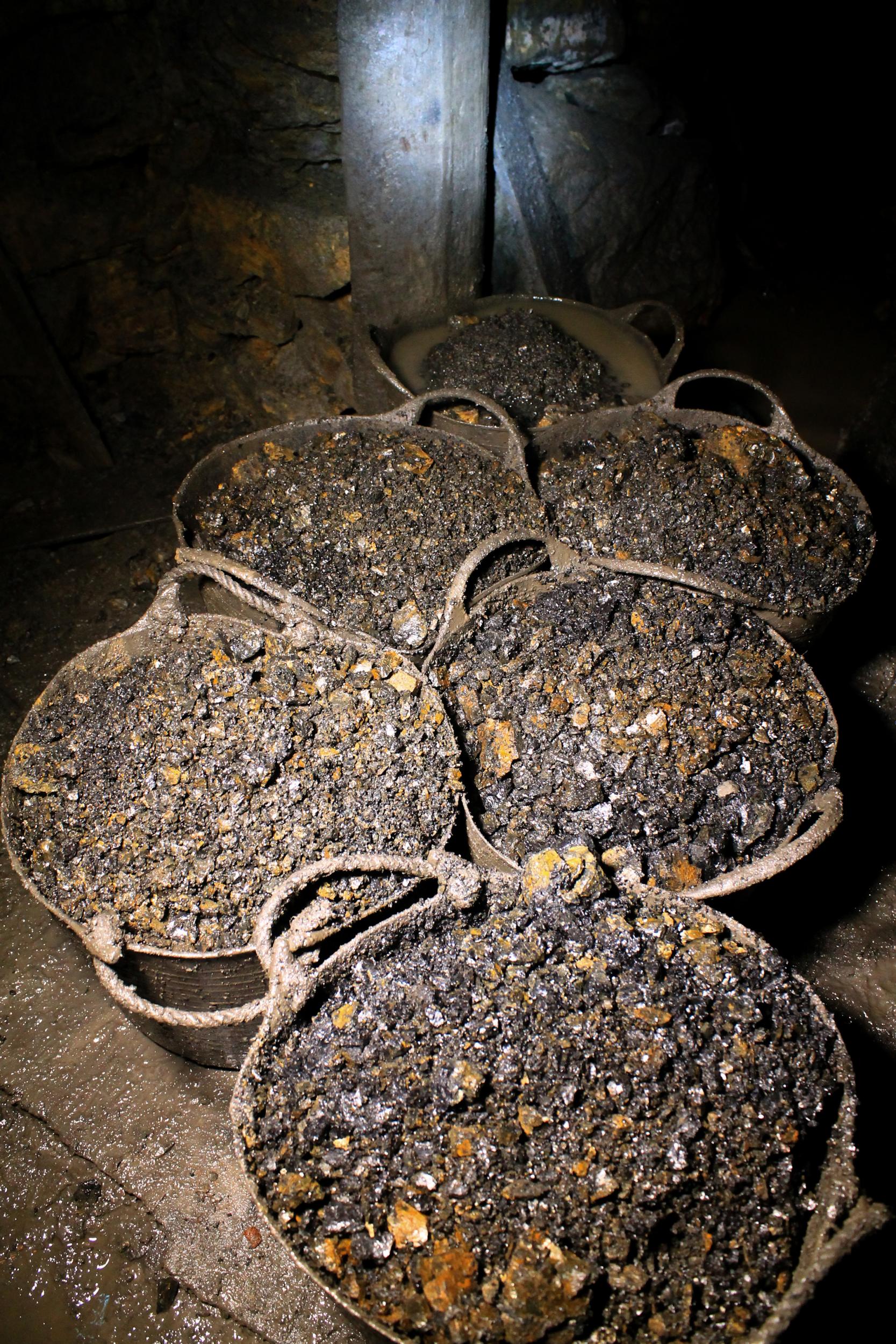
The latest challenge to the centuries-old tradition isn’t financial or demographic. It’s environmental. Defra, the Department for Environment, Food and Rural Affairs, is set to publish a comprehensive clean air strategy to further tackle air pollution, in anticipation of a new Clean Air Act. In preparation, Defra seeks to “understand the impact of phasing out the sale of the most polluting mineral fuels, such as bituminous house coal”.
Mike shows me an email he’s written to Defra, asking how a new Clean Air Act would impact the free miners in particular. “The Forest of Dean free miners’ acts and rights must be considered in any new arrangement... The coal we dig is not smokeless, and if we have no market for our coal then our ancient rights and the value of our coal reserves will be destroyed.
“These reserves for each mine are valued at several million pounds per gale and this must be considered in any future government legislation. The protection of our rights is very important from a historical and monetary point of view.”
Mike has never seen a penny of profit from Morse’s Level or Wallsend. “I do this for a couple of bags of coal a year,” he says.
“I get it,” he tells me. “No one wants to live in a polluted world. But they’ll go after things like this [free mining] because it’s easy. Because we’re small. I saw it when I worked in engineering. People spend days arguing about the little things because no one wants to tackle the big stuff. Germany still gets 40 per cent of its energy from coal and it’s the nastiest, smelliest coal you can find. What’s being done about that? Bureaucrats are good at solving the small problems. The big problems? Nobody wants to know.
“If someone would just engage their brain about this act and see that there are still country communities which rely on coal. We’re not making as much pollution as 50 London taxis still running on diesel or one shipload of smokeless fuel coming from overseas. There are no air miles on our coal. They’re going to destroy our heritage for so little gain.”
We’re not making as much pollution as 50 London taxis still running on diesel or one shipload of smokeless fuel coming from overseas. There are no air miles on our coal
At the very height of its output at the beginning of the 20th century, the Forest of Dean coalfield produced a million tonnes a year (out of a UK total of about 300 million). These days, Mike estimates that the total output of all the mines in the Forest is less than 500 tons a year. Phil has calculated that equates to 0.0000067 per cent of the world total.
Defra has yet to respond.
As the night draws to a close, Phil pulls out his iPad to look through his photographs of the mine through the years. The wifi in the pub is spotty but Phil eventually finds photographs of the auction catalogue with the list of names of the last pit ponies to have worked Wallsend. “Polly. Black Dolly. Kit. Beauty. Dolly. Spider. Darkey. Bessie. Mousey…”
What became of them? I wonder. Did they go straight to another pit or did the auction mark the beginning of a better life above ground?
Phil brings up more photographs of the mine in its heyday. No Assam. No marshmallows. The faces of these miners are pinched and tired. “Me going down the mines when I don’t have to do it for a living,” Phil muses as the barman calls last orders. “My grandfather must be rolling in his grave.”
Next day, the forest I’ve known since I was a child growing up in nearby Gloucester looks different. There’s a definite wisp of coal smoke in the air. But for how much longer? I wonder if free mining in the forest is facing an inevitable end. It’s simply out of time.
Interestingly, Makere Stewart-Harawira thinks not. In an email she told me: “My work, my research, my passion is about water, energy and the climate catastrophe that we are now in... And the worst culprit is coal… But here is what I know...
“Free mining is also a small, local economy that helps maintain some of the families in the Forest of Dean today... There are ways of reducing the carbon emissions that are emitted in the local burning of these coals. Research regarding these methods, some of which involve processes for which the patents are now freely available… could be funded by the government as part of its commitment to carbon emission reduction as well as its commitment to supporting small local economies. The free mining activities of the Forest of Dean could potentially become one model for how we negotiate the tension between carbon emission reduction and the need to support local, autonomous economies. I’m passionate about helping to explore and promote that in any way that I can.”
I believe Professor Stewart-Harawira is right. The mines and the forest itself have a unique symbiotic relationship. This volunteer mining thing is not just “Last of the Summer Mine” as Iain had joked. To understand what it really means to mine the coal that has fired centuries of change is humbling. It’s a heritage worth honouring. The miners of Morse’s Level and Wallsend are preserving not only a tradition but also a genuine emotional connection to the people who went before them and to the very land itself. I think Phil’s miner grandfather would have been proud of him for that.
Join our commenting forum
Join thought-provoking conversations, follow other Independent readers and see their replies
Comments
Bookmark popover
Removed from bookmarks